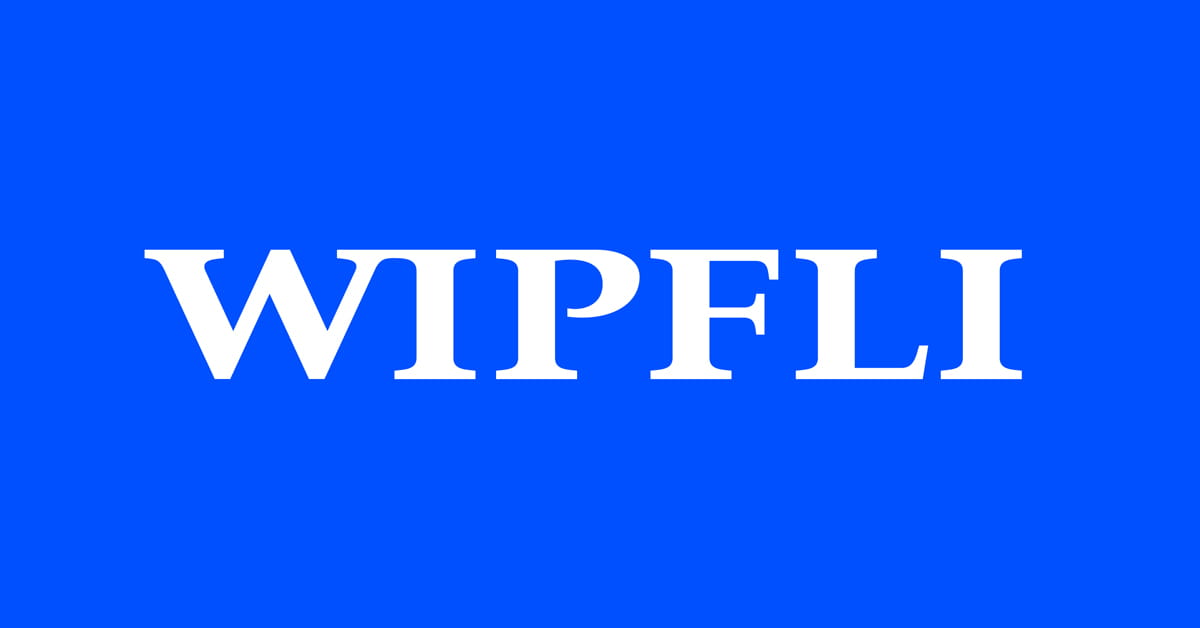Protecting your manufacturing business amidst tariff changes

Uncertainty abounds for manufacturers and distributors trying to navigate the ever-evolving landscape of federal tariff policy under the current administration. As businesses traverse this complex terrain, understanding how to plan for future operations against these tariffs is crucial. And there are strategies that manufacturers can employ to safeguard their interests while adapting to the shifting regulatory environment.
What are tariffs?
Tariffs are taxes imposed by governments on imported goods, paid by the importer. They serve multiple purposes, such as protecting domestic industries from foreign competition, generating revenue for the government and influencing trade balances. In recent years, the implementation of tariffs, particularly those associated with the Trump administration, has significantly affected the manufacturing sector.
The rationale behind the Trump tariffs
The Trump administration’s tariffs were nominally aimed at addressing trade imbalances and protecting American jobs. However, these tariffs have led to increased costs for manufacturers reliant on imported materials. Understanding the rationale behind these tariffs helps businesses anticipate future regulatory changes and adapt accordingly.
The current landscape of manufacturing tariffs
In short, ongoing negotiations and potential changes have been the name of the game. Uncertainty is the only certainty. It is essential for businesses to stay informed about the latest developments in tariff regulations, as these can directly affect supply chain costs and operational strategies. To traverse these uncharted waters, manufacturers need to have a strong understanding of their overall operations, and how changing policy may affect them.
Mapping your supply chain
To effectively prepare your business in this uncertain environment, start by mapping out your current supply chain. Identify the sources of your raw materials, components and finished goods. Understanding where your products originate will help you evaluate potential tariff impacts. Part of mapping your supply chain is:
- Identifying key suppliers: List your primary suppliers and their locations.
- Evaluating tariff exposure: Assess which suppliers are most vulnerable to tariff changes.
- Considering alternatives: Explore alternative suppliers or materials that may be less affected by tariffs.
Analyzing tariff implications
Once you have a clear understanding of your supply chain, analyze the potential implications of tariffs on your operations. There are several factors to consider:
- Cost increases: Calculate how tariff rates may increase your production costs.
- Pricing strategy: Determine whether you can pass these costs onto customers without affecting demand.
- Inventory management: Evaluate your inventory levels and consider building up stock before tariffs take effect.
Strategic sourcing and supplier relationships
To mitigate the risks associated with tariffs, consider diversifying your supplier base. Relying on a single source can expose your business to significant risks. By establishing relationships with multiple suppliers, you can create a more resilient supply chain.
Local sourcing: Explore opportunities to source materials domestically, which may be less impacted by tariffs.
Global suppliers: Identify international suppliers in countries with favorable trade agreements to reduce tariff exposure.
Cost control strategies
Implementing effective cost-control strategies can help offset the impact of tariffs. Consider identifying areas where you can improve operational efficiency to reduce costs. Adopting lean manufacturing principles can also help minimize waste and streamline processes.
Understanding regulatory changes
As tariffs evolve, it is essential to stay informed about regulatory changes that may affect your business. Engage with legal experts to help ensure compliance with all applicable laws and regulations. Subscribe to industry newsletters and updates from trade organizations to stay informed. And consult with legal professionals to understand the implications of tariff changes on your contracts and agreements.
Reviewing contracts and agreements
Reviewing your contracts with suppliers and customers is vital in the context of changing tariffs. Ensure that your agreements allow for flexibility in pricing and terms in response to tariff changes.
Consider including force majeure clauses in new contracts that address unforeseen circumstances, such as sudden tariff increases, Additionally, identify opportunities to renegotiate existing contracts to account for tariff impacts.
Adapting business strategies: Reevaluating business models
The changing landscape of tariffs may require manufacturers to reevaluate their business models. Consider whether a shift in your operational approach could enhance resilience. Explore the potential benefits of vertical integration to reduce reliance on external suppliers. Invest in research and development to create innovative products that can withstand tariff pressures.
Embracing technology and automation
Technology and automation can play a significant role in protecting your manufacturing operations. By leveraging advanced technologies, you can enhance efficiency and reduce costs.
- Supply chain management software: Implement software solutions that provide real-time visibility into your supply chain.
- Automation solutions: Explore automation technologies that can streamline production processes and reduce labor costs.
Engaging in advocacy and industry collaboration
Engaging with industry associations can provide valuable insights and resources for navigating tariff challenges. These organizations often offer advocacy support and networking opportunities.
Networking events can be a source of clarity in uncertain times. Attend industry conferences and events to connect with peers and share best practices. Similarly, you can participate in advocacy efforts to influence policy decisions related to tariffs.
Collaboration with other manufacturers can also lead to innovative solutions for addressing tariff-related challenges. Consider forming partnerships or alliances to share resources and knowledge. Explore joint ventures with complementary businesses to enhance competitiveness.
Continuous monitoring of tariff developments
Staying informed about tariff developments is essential to prepare for the future effectively. Establish a system for monitoring changes in tariffs and trade policies. Set up alerts for news articles and updates related to tariffs and trade. Subscribe to reports from industry analysts that provide insights into market trends.
Flexibility in operations
Flexibility in your operations will enable you to adapt quickly to changing circumstances. Consider implementing agile practices that allow for rapid adjustments in response to tariff changes.
- Cross-training employees: Train employees in multiple roles to help ensure operational flexibility.
- Responsive supply chains: Develop supply chains that can quickly pivot based on market conditions.
Staying on top of tariff changes
The evolving landscape of tariffs presents both challenges and opportunities for manufacturers. By understanding the implications of tariffs, assessing supply chains, diversifying supplier relationships and implementing strategic financial planning, businesses can protect their operations in the long term. Engaging in advocacy, monitoring changes and fostering collaboration will further enhance resilience in the face of uncertainty. As the manufacturing sector continues to navigate these complexities, proactive measures will be key to thriving in an ever-changing environment.
How Wipfli can help
Is your manufacturing business feeling the effects of tariff uncertainty? Wipfli can help you find your footing in a changing marketplace. Our manufacturing and distribution professionals have the experience you need to keep up with the industry. From financial modeling to data benchmarking, our associates always have your bottom line in mind. Contact us today to get started.



